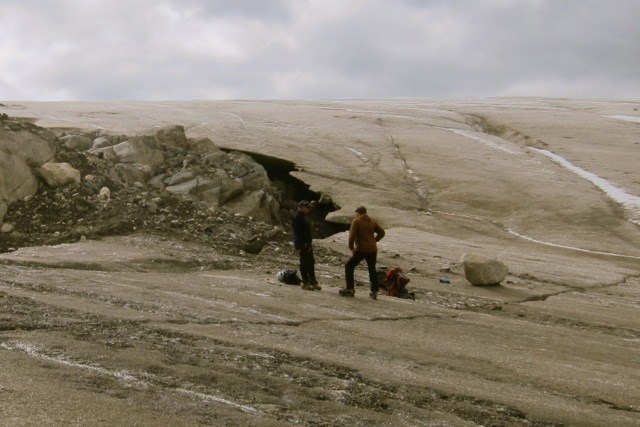Another dry summer is upon us here in BC and we are all wrestling with how to keep human-caused climate change in check and how to adapt to the manifestations and impacts of the climate crisis on human and natural systems.
For Canada and Western Canada in particular, these manifestations include reductions in the moderating effects of snow and ice cover, reductions in water availability, in particular cool waters that nurture migrating and spawning salmon, and dryer forests.
Increasingly severe and less predictable weather is also a hallmark attribute of climate heating. We used to reliably predict weather and river flow based on climate and hydrological stationarity, that is, a good understanding of the average and the standard deviation of things such as air temperature, snowpack water equivalence and wind. With climate and hydrological nonstationarity, weather and hydrological prediction is markedly more difficult.
Increasingly severe weather includes an uptick in warm air mass convection and the frequency and severity of lightning. This, coupled with increasing human activities and an expanding urban-wilderness interface, has resulted in an increase in the frequency of wildfires.
A presentation by journalist and author Edward Struzik about the nature and history of wildfires in North America and his book Firestorm: How Wildfire will Shape our Future will take place at Evergreen Theatre in Powell River from 7 to 9 pm on Wednesday, July 10.
Struzik is a highly accomplished and respected journalist and photographer, and has endeared himself with multitudes of field research scientists and hinterland residents alike who are drawn to his wry sense of humour and serious commitment to environmental journalism and stewardship. He faithfully records the rapidly changing natural world, camp life and weaves individual narratives into his writing to help translate the work of intrepid scientists for everyday readers of natural history and policy makers.
Struzik will expand our knowledge of wildfire in the context of climate change, the wild-urban interface, forest management practices and the complexities of emergency management and response during wildfire episodes. In addition, those in attendance will hear about the realities of post-fire conditions on community and infrastructure.
For anyone who has ever wanted to visit hinterland Canada, but has been unable, Struzik’s stories and photography will take them there. Admission is by donation.
The presentation is supported and organized by the Powell River Sustainability Committee, City of Powell River and Climate Action Powell River Society.
Climate Action Powell River Society is a non-profit society committed to helping the residents and businesses of Powell River to reduce their greenhouse gas. Mike Demuth is research geoscientist from Lund, BC.



